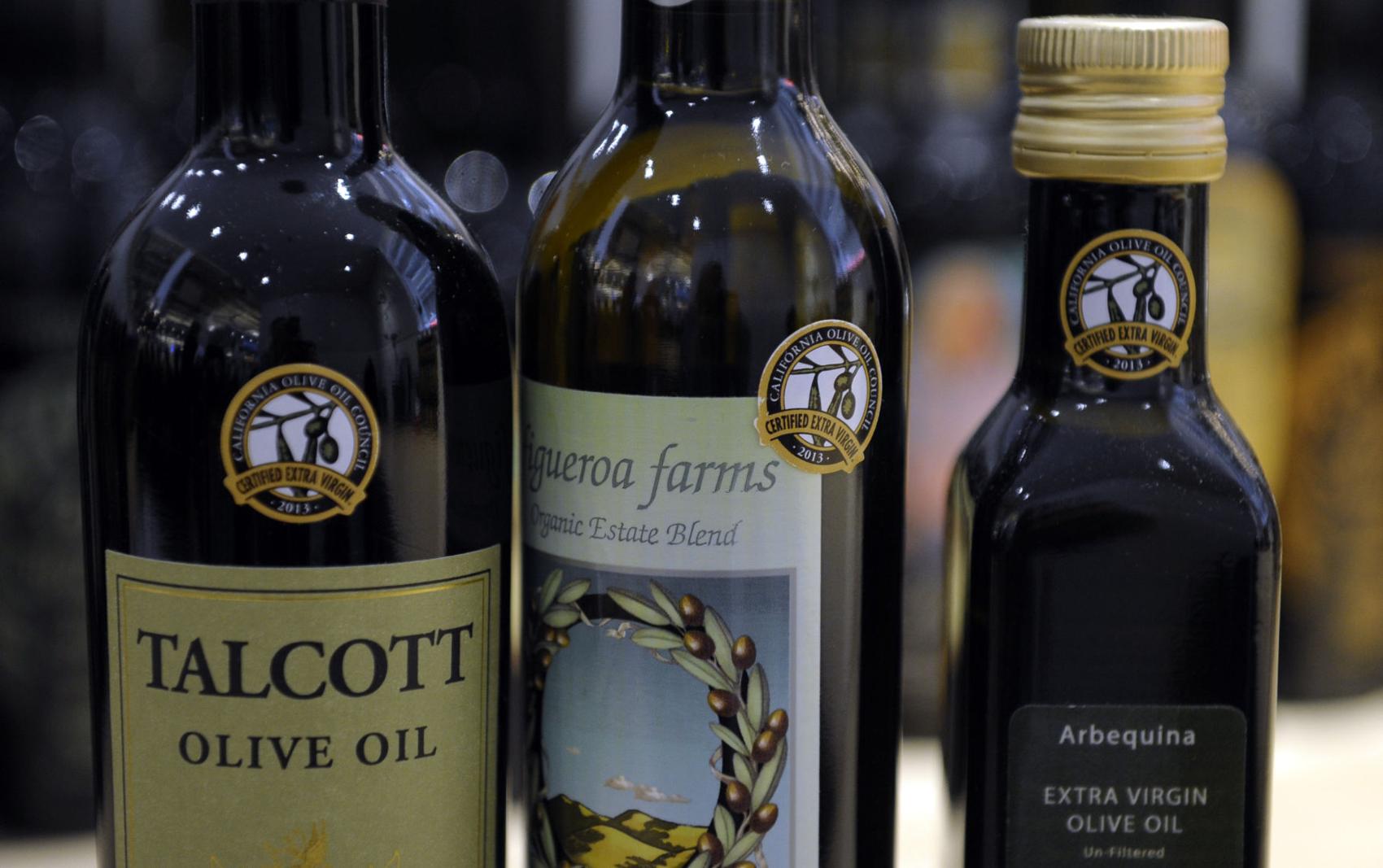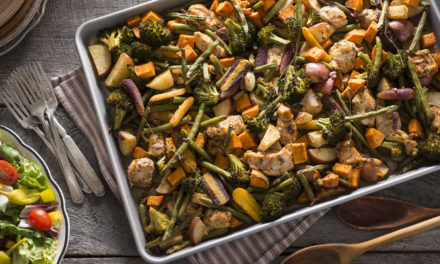I thought I knew a lot about extra-virgin olive oil, but as is true with many things, there’s always something new to learn. At the recent Slow Food Nations in Denver, a festival that celebrates local foods, I got a deeper education at the workshop “The A to Zs of Olive Oil.”
Article by: Teresa Farney
Right off the bat, speaker Kathryn Tomajan got my attention with her background. She graduated from the University of Gastronomic Sciences in Italy, an international research and education center for those working to renew farming methods, protecting biodiversity. She is an olive miller and educator, and she serves on the California Olive Oil Council’s “sensory panel,” which tastes, grades and certifies extra-virgin olive oils.
A little education first. The olive that’s grown to create the wonderful oil has changed.
“We are returning to heritage olive varieties that were once only grown in California,” Tomajan said. “Farmers turned to planting the Mission variety of olive tree and producing black olives. Today, they are seeing greater return on their investment by producing high-grade green olives for oil.”
Olives have three stages of maturity. They are first green, the best for cold-pressing extra-virgin olive oil. Then they turn red and finally black.
“Cold-pressing green olives protects the polyphenols, which act as antioxidants in the fruit,” Tomajan said.
As noted in a “60 Minutes” report a few years ago, not all extra-virgin olive oils are the same. It’s important to ensure that you get what you pay for, especially if you include the oil in your diet for its heath benefits. And you should. The oil’s omega-3 and omega-6 fatty acids are essential for brain health, and as little as 2 tablespoons daily can be beneficial, Tomajan told us.
So how do you know you’ve got the real deal? Look for the California Olive Oil Council Certified Extra Virgin Seal, which can be displayed only on oils that have been tested and certified by the council’s sensory standards group.
“That seal gives consumers confidence that the oil is free of defect of flavor or odor,” Tomajan said. “The oil’s chemistry, tested in a laboratory, meets or exceeds specific parameters that include the careful handling and storage of the olives and oil. No chemicals or extra heat may be used during the extraction process.”
Tomajan and other olive oil producers go a step further.
“I date each tin of my extra-virgin olive oil so consumers know that it’s fresh,” she said.
Extra-virgin olive oil will last four to six months once opened.
“Buy small bottles and use it daily,” she said.
Avoid buying oil in clear bottles.
“You can’t tell the quality of the oil by its color, and light deteriorates the quality of the oil anyway,” Tomajan said. “Store it away from heat in a dark place.”
If you want to buy Tomajan’s Fat Gold extra-virgin olive oil, visit fat.gold. For more oil information and recipes, visit cooc.com.
 Photo Credit: Susan Walsh, AP.
Photo Credit: Susan Walsh, AP. 



Comment on: Keys to Extra Virgin Olive Oil Unlocked